Affiliate links on Android Authority may earn us a commission. Learn more.
These 10 apps are draining your battery more than any others
Published onNovember 4, 2024
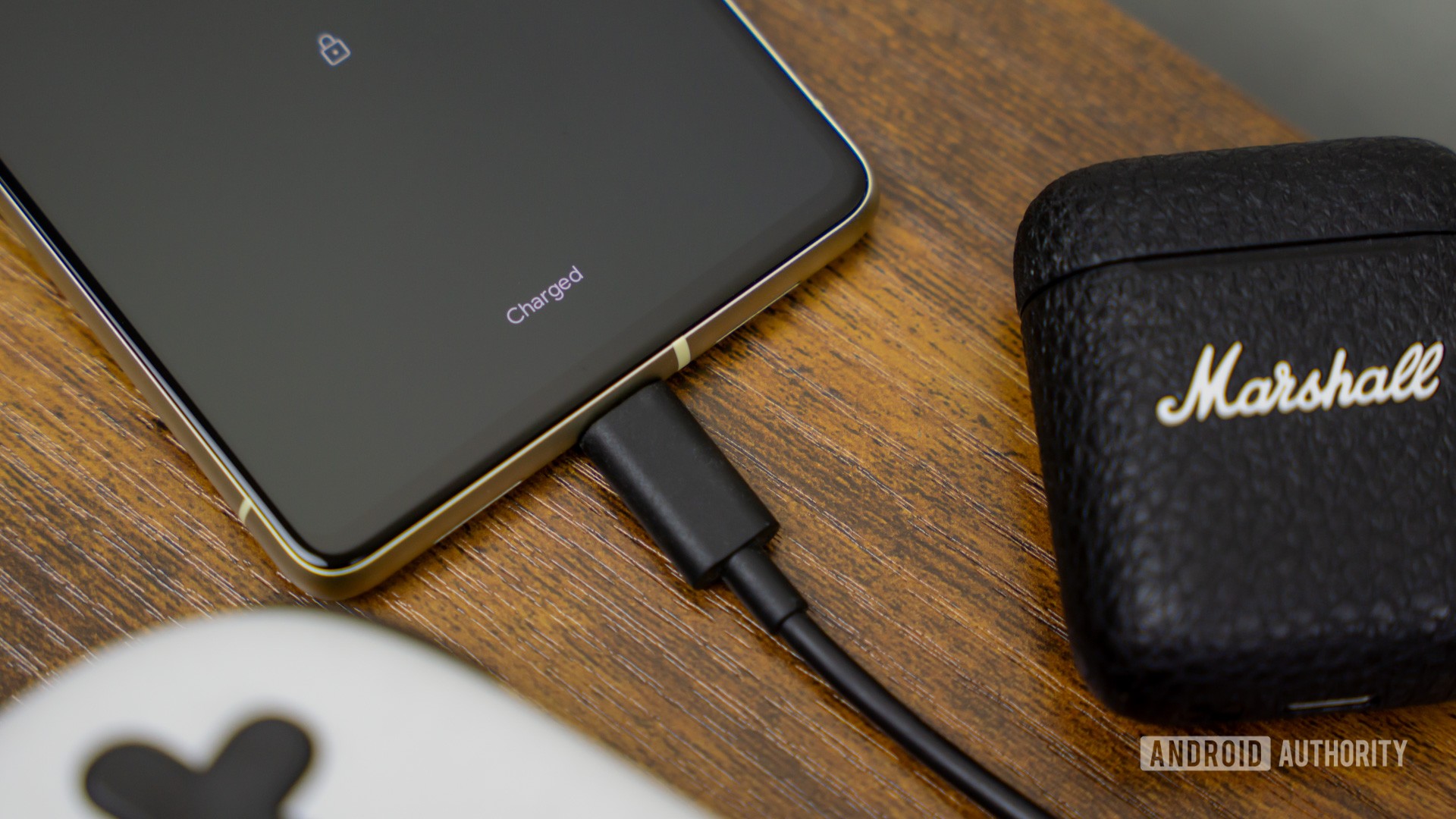
Smartphones have become the lifeline of our professional and personal lives, and we usually use them for emergencies, too. We understand how frustrating it can be to have smartphones dying in the middle of the day, when you most need them. But did you know certain apps are specifically known for being substantial battery hogs? Some of them are very common ones, too! In this post, we will go over the top battery draining apps and how to tackle them to improve battery life.
Obviously, there are other things besides apps that can cause battery drain, so be sure to check out our guide exploring why a smartphone battery might be draining faster than usual.
Why do some apps drain your battery faster?
There are multiple reasons why some apps kill your battery faster than others. Let’s go over some of the main ones.
Constant usage and resource-intensive apps
An app may be using too much energy because you’re simply using it too much. Any app will become a battery hog if you run it all day. Some apps might not even be too resource-intensive, but they sure are addictive. Think of apps you can use for hours on end, such as Facebook, Instagram, TikTok, etc.
What you’re consuming also makes a big difference. Of course, viewing an endless amount of photos and watching videos will utilize more resources than sending text messages. Likewise, playing one of the best games with stunning graphics will obliterate any battery in no time. These games usually take your devices to their limits, and so much performance comes at a price.
Another reason why apps you use constantly can become big battery drainers is that they also keep your display on for long periods. If you’ve ever checked your Battery usage statistics, you’ll notice the screen is usually the top culprit.
Background data
Some applications work day and night to gather information, give timely notifications, collect data, and more. It’s part of what makes smartphones so magical and convenient, but having apps doing something in the background all the time will equate to a battery life cut-down.
Location services
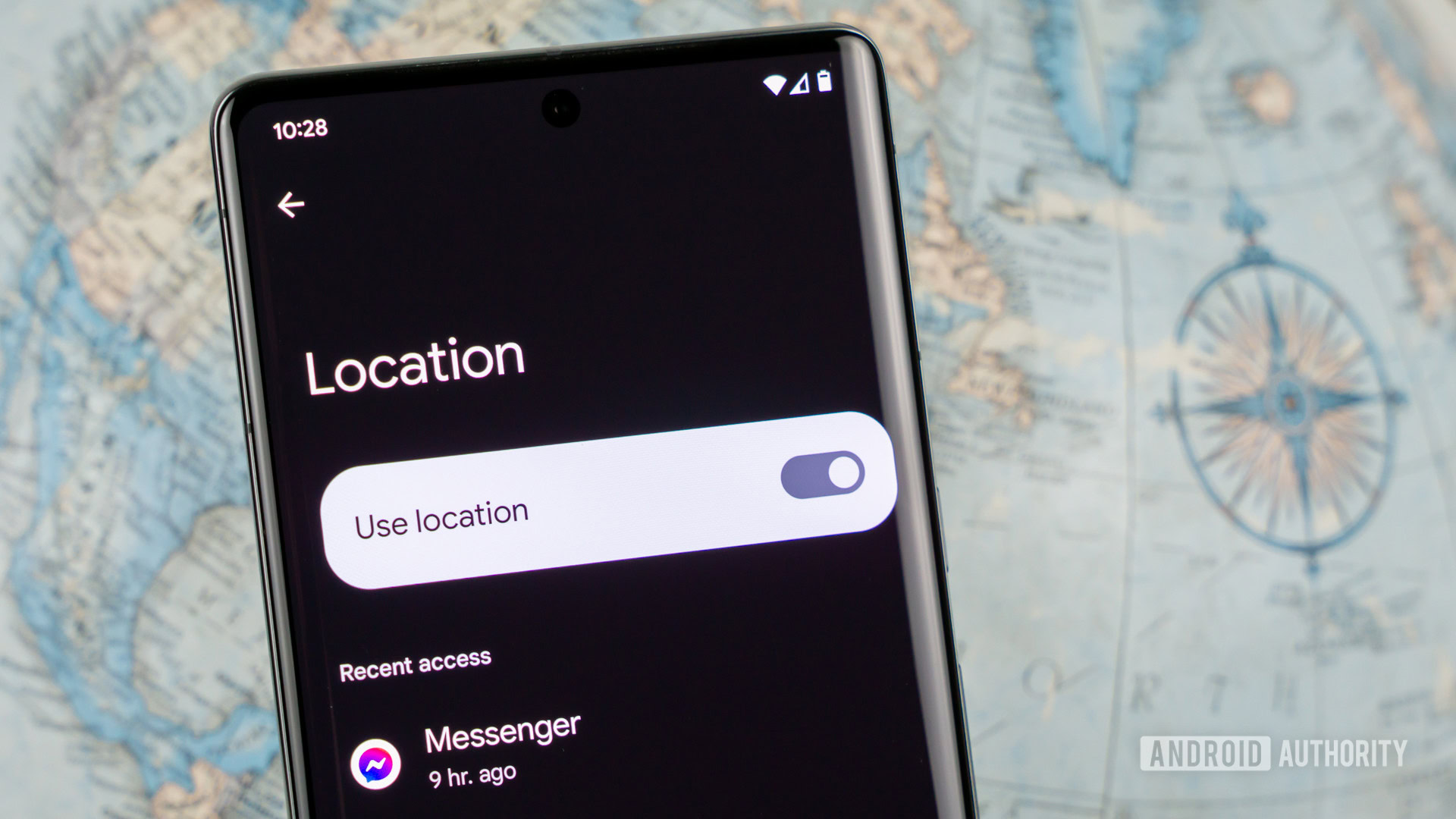
Any app that uses location services will drain your battery at unusual rates. Your phone takes advantage of multiple technologies to grab your location. These include your internet connection, cellphone tower triangulation, and GPS. The latter is the biggest battery drainer. If you’re constantly using Navigation, ride-sharing services, or any other app that needs your location, these are likely killing your battery faster than usual.
Too many notifications
Is one of your apps constantly sending you notifications? This is a major battery hog. Not only does this mean the application is doing a lot of work in the background, but push notifications also activate your screen all the time and possibly entice you to use your device much more often.
Widgets
Apps often offer handy widgets for accessing and interacting with information from the home screen. Think of these as small windows into an app, which you can quickly access from your home screen. They’re convenient, but widgets are known for draining energy. Keeping widgets active requires a lot of updating and background work.
Your device might be too powerful
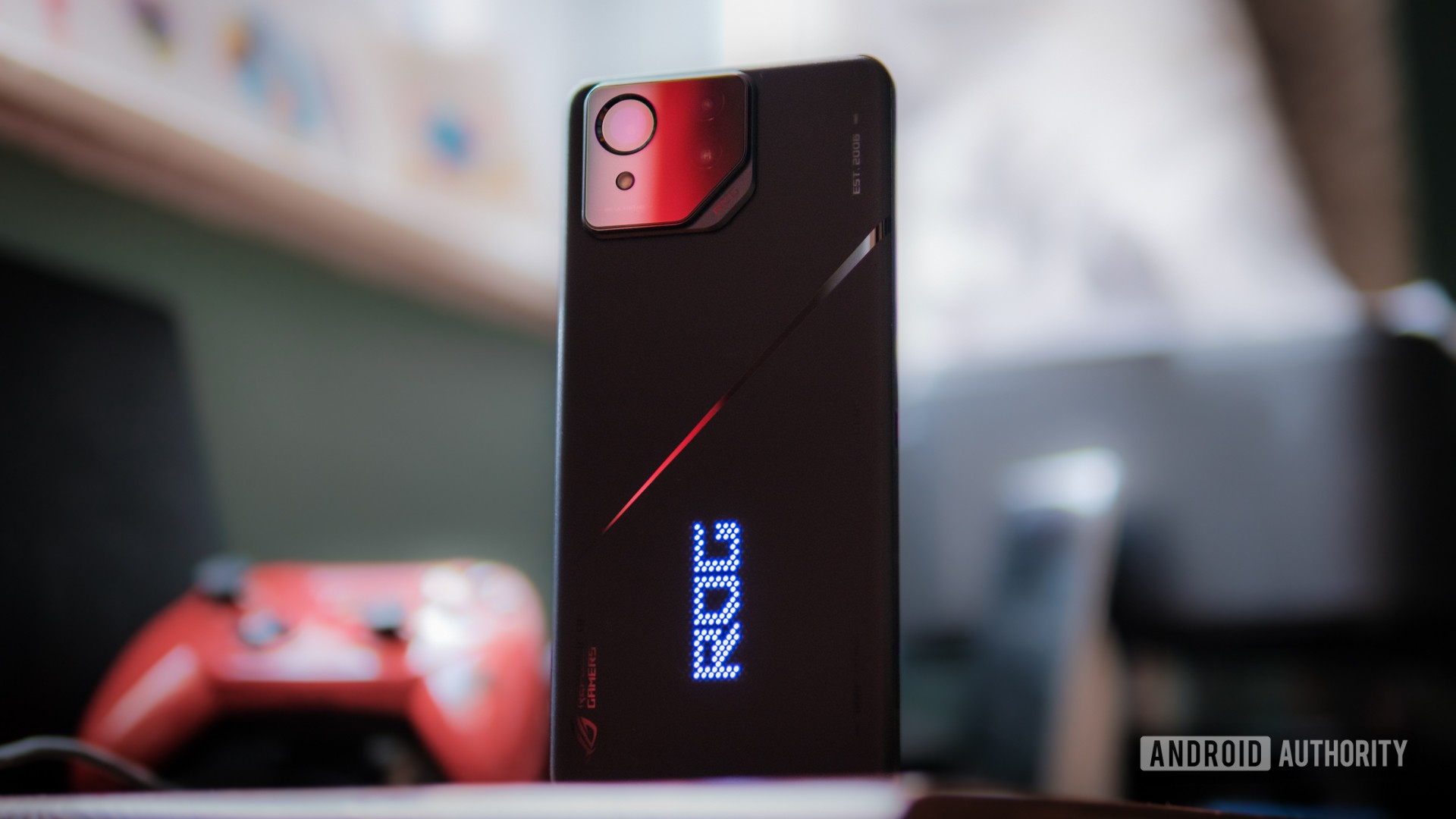
Our first instinct is always to get the most powerful device possible. Just keep in mind these amazing gaming phones and ultra-capable devices also have more resource-intensive components. This means more powerful devices will always use more energy than affordable handsets.
Luckily, these also tend to be equipped with bigger batteries. Not to mention, newer chipsets and software adaptations are making modern devices more efficient. Still, there is a reason why cheap phones can so often easily reach two days on a single charge.
The top 10 common battery draining apps
Google applications
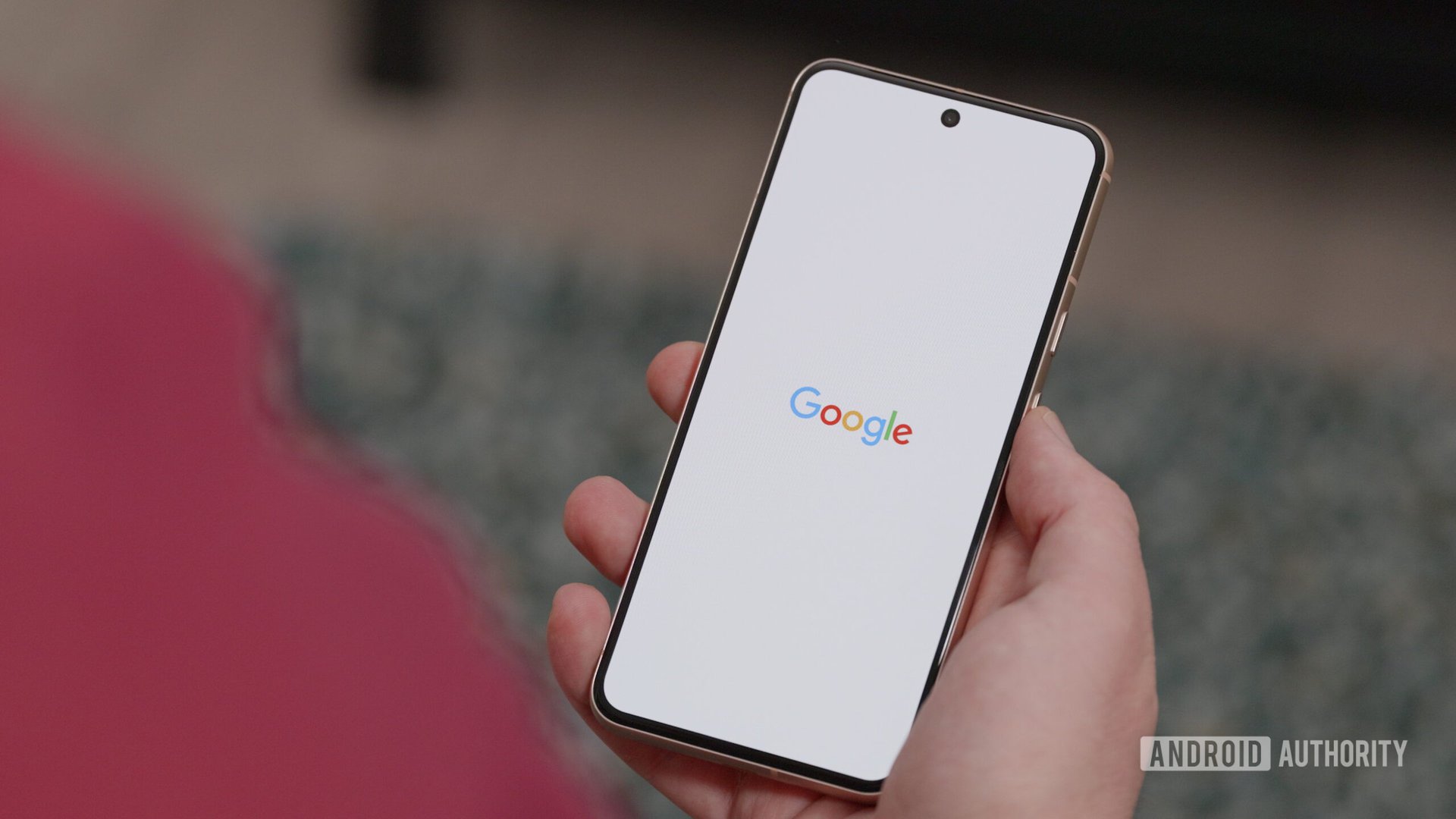
Google used to be known for offering light, simple applications, but the company has been adding many features and capabilities that are turning its services into battery hogs. And we know it can be hard to stop using them, as they’re baked right into Android, and happen to be very useful. You might want to avoid using some of them extensively, though.
Apps like Google Maps, Chrome, Gmail, Google Pay, Google Photos, Google Assistant, YouTube, and Google Home are specifically known for draining the battery. Especially those that require the use of GPS, like Google Maps.
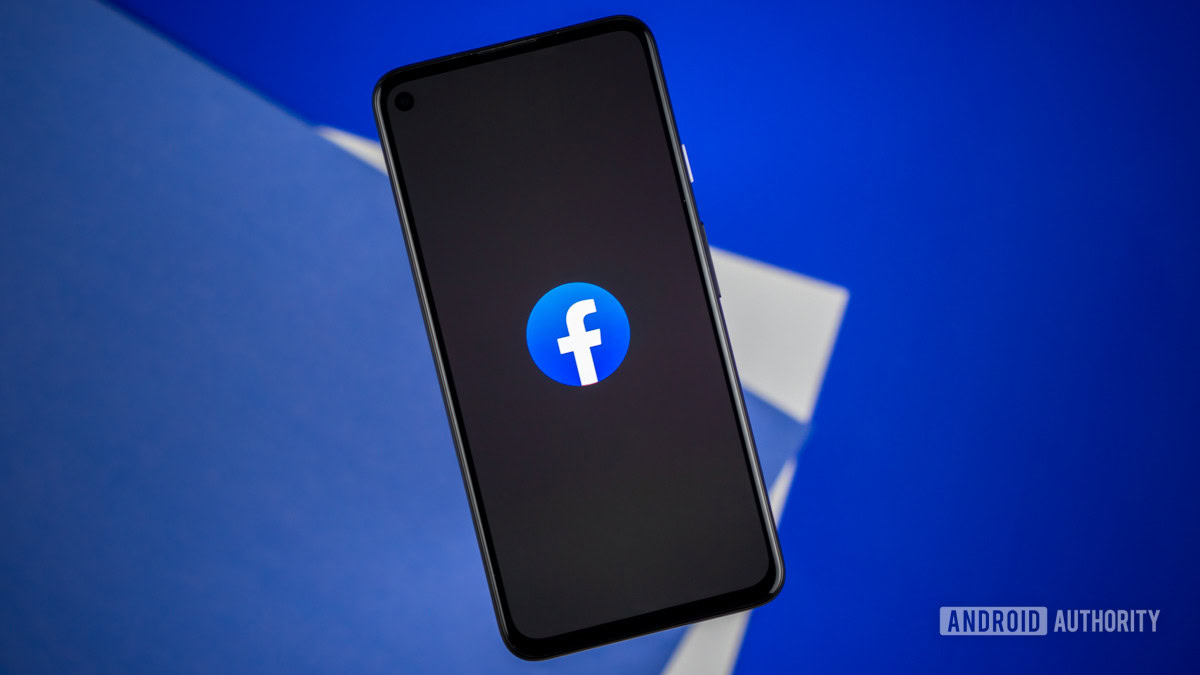
Facebook, the king of social media, has a lot going on within its app. It has become a central hub for most of our communications, and the app has plenty to offer. Some features include the Feed (of course), Stories, Reels, Marketplace, Events, Memories, Groups, Pages, Dating, Gaming, and much more.
Facebook is also doing a lot in the background, and many of its features access your location and camera, two giant battery hogs. Not to mention, it’s a very addictive app you can get lost in for hours. While you use it, it will be using precious processing power, RAM memory, the internet, and, of course, the screen.
Facebook Messenger
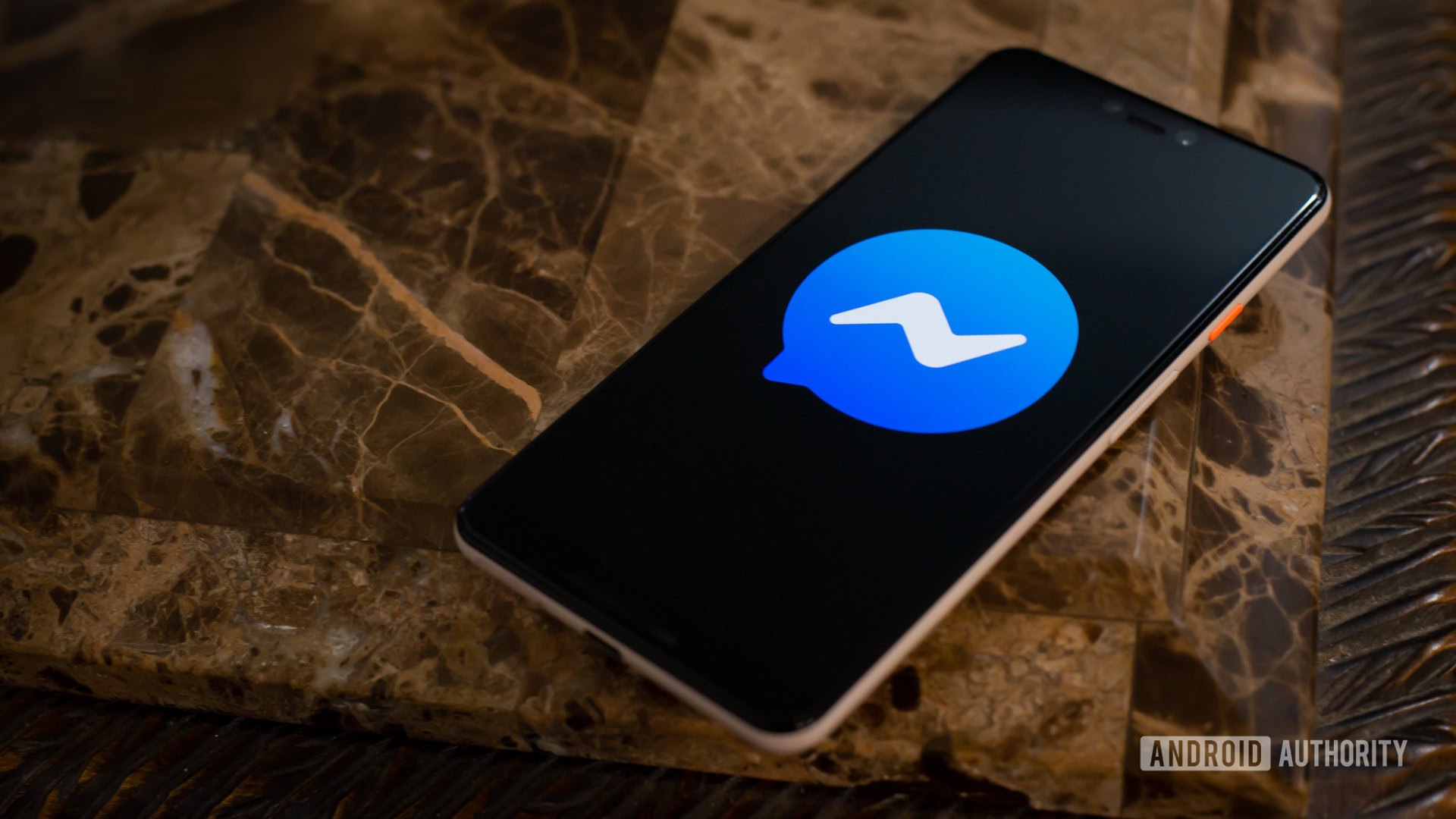
You wouldn’t think a messaging app would drain your battery too much, but Facebook Messenger can do much more than simple text communications. You can use voice messages, video calling, audio calls, share files, and more.
Additionally, it’s an extension of your Facebook experience, and it has access to Stories and other main Facebook features. Not to mention that some of its capabilities require location services. All of these features make it a pretty resource-intensive app. Especially if you’re using it to talk to people all day.
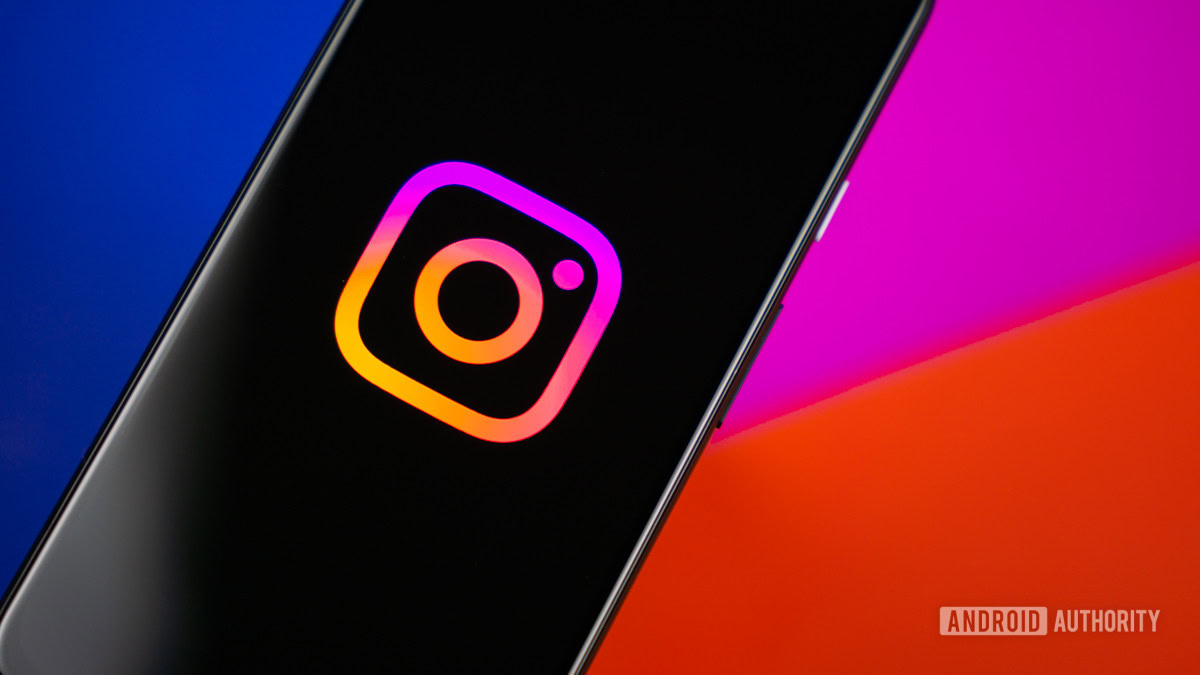
Instagram is all about consuming images and videos; a lot of them. You’ll likely be watching for a long time, too, and Instagram is known for aggressively pre-loading content so it can keep up with fast scrollers. These factors make Instagram one of the apps that drain your batteries faster than others. Additionally, Instagram relies on location services to provide a localized experience.
YouTube
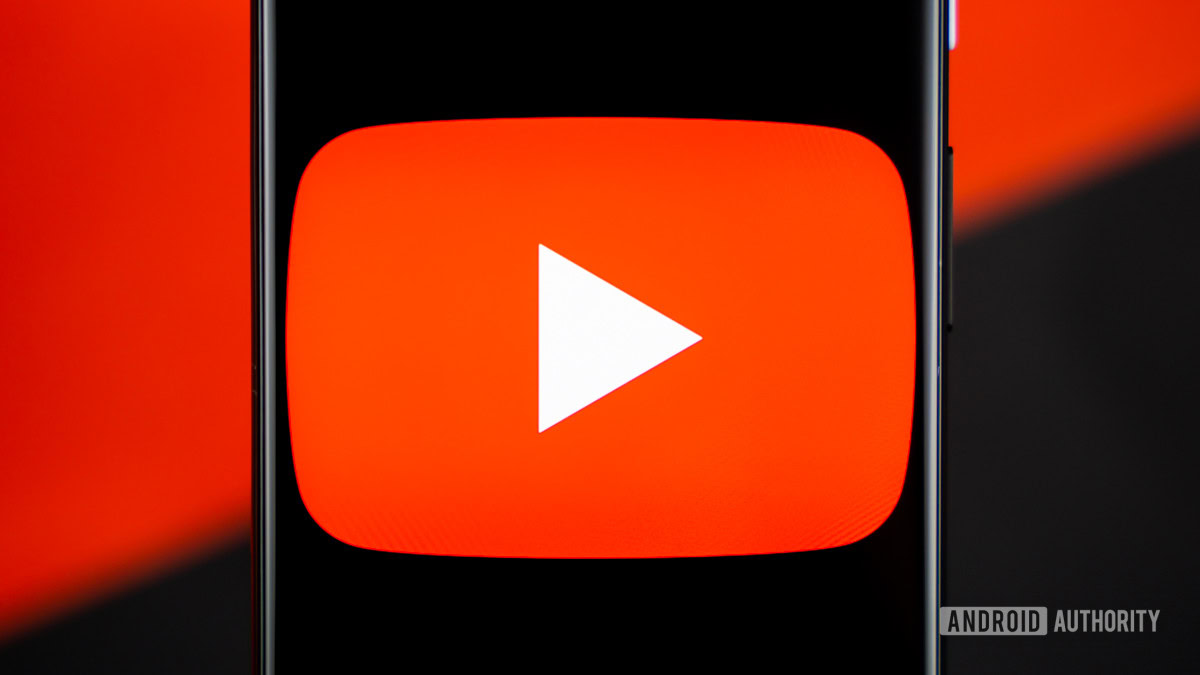
YouTube is one of the most significant battery drainers around, but it’s not really killing your phone for no reason. Most of what it does, it does so when you’re actually using the app. YouTube constantly downloads videos, which demands a lot of data, especially if you’re streaming in higher definitions. Additionally, it’s an app you typically open and watch for a while, leaving the screen on for more extended periods. Screens use a lot of battery power!
Arguably, though, the same applies to pretty much any streaming service out there. You’ll encounter the same issues with Netflix, Max, Disney Plus, and all the others.
Skype
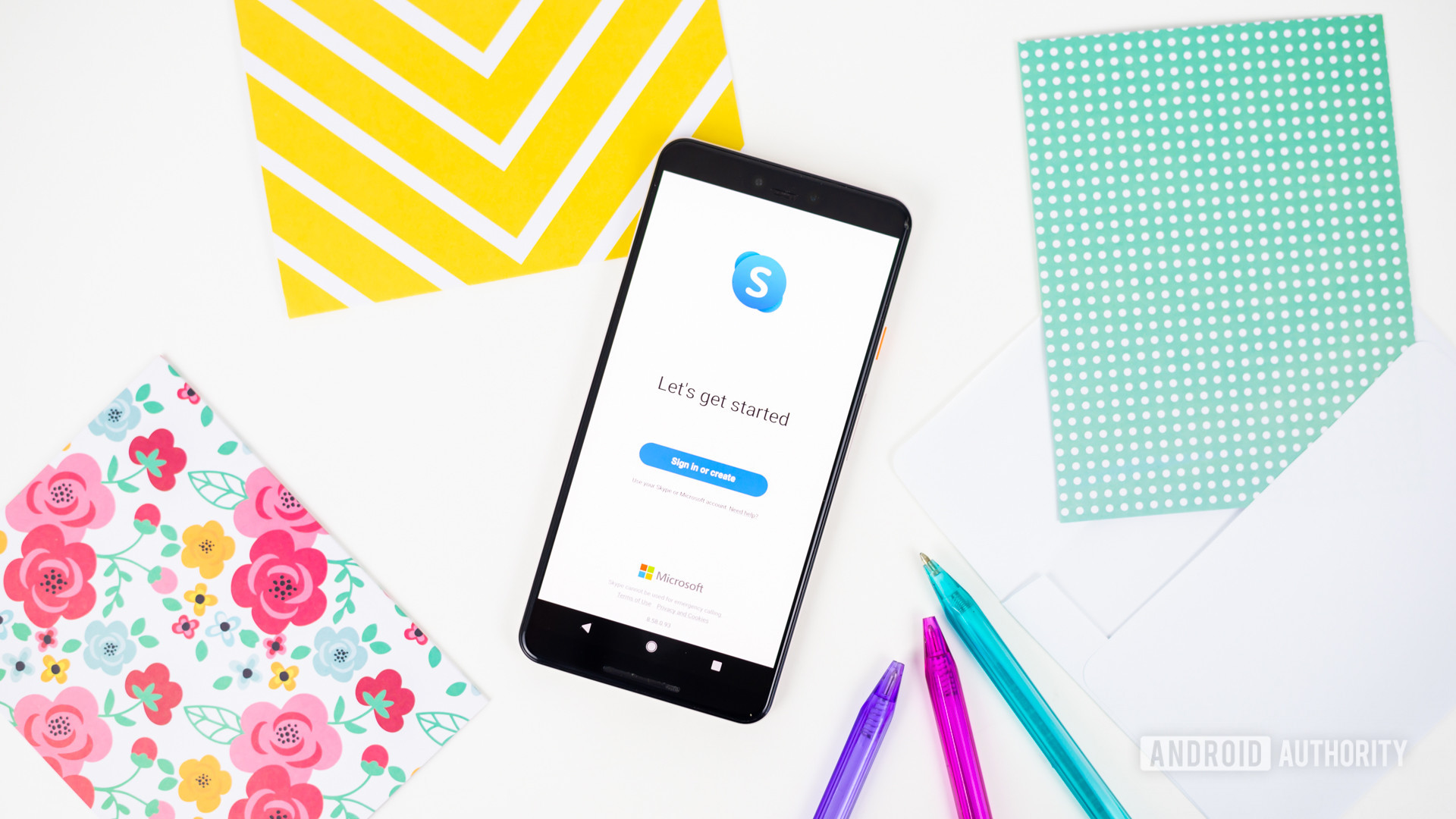
Skype has long been known to be a battery killer, which continues to be the case. We can’t really pinpoint the exact reasons, but it’s a pretty heavy app that’s always trying to keep you in touch. Aside from instant messaging and video calls, you can use it for many other purposes. It works as a VOIP client, file-sharing platform, screen sharing, meeting recording, and more.
Tinder
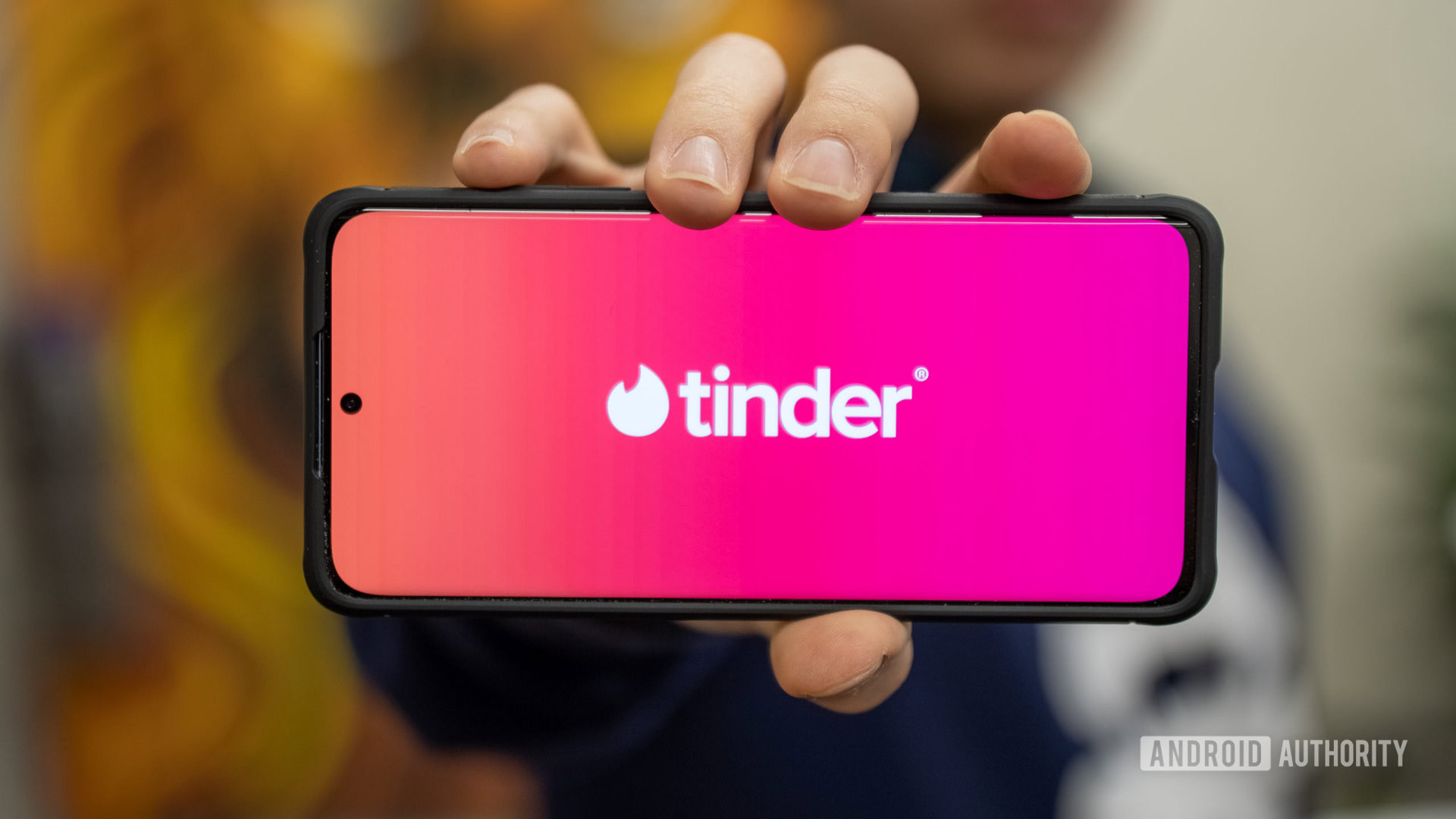
Are you trying to find a date? You better hurry, because Tinder is known for quickly killing your battery! And it makes sense. Tinder’s experience depends highly on location, so the application constantly tracks your whereabouts to match you with people within your vicinity. It’s also a photo and animation-heavy app. And because it’s so addictive to swipe left and right for long periods, the screen will eat up your battery, too.
Amazon apps
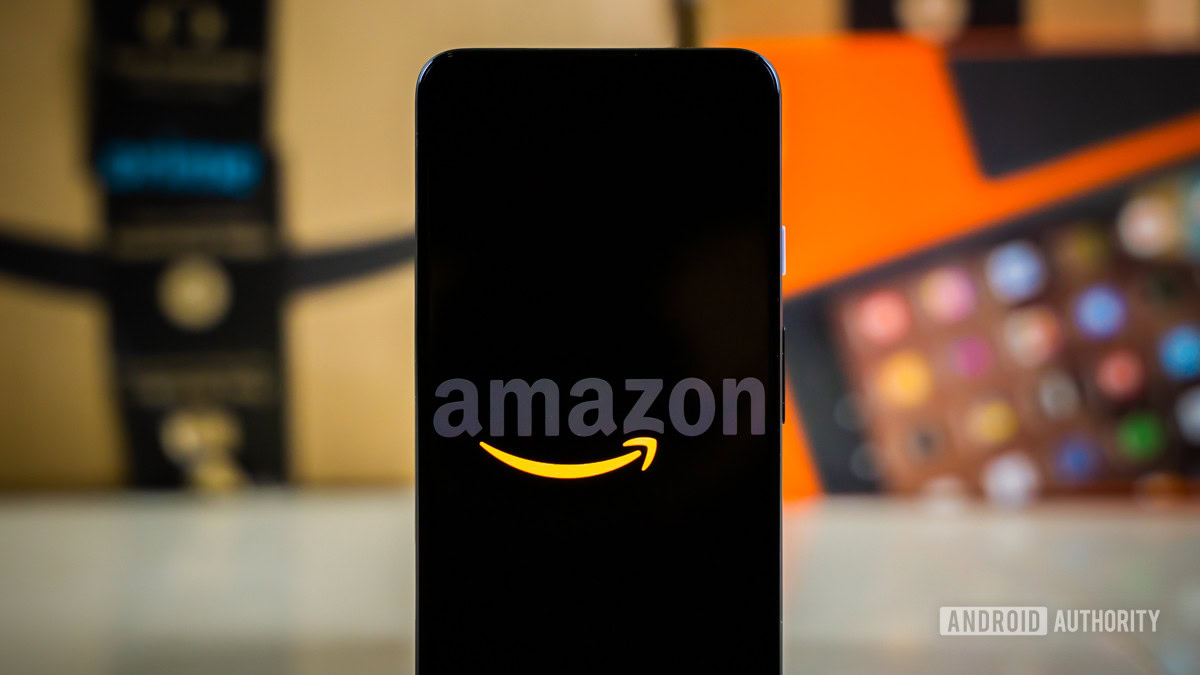
Amazon apps are known for being pretty demanding on your phone’s resources. I’ve actually noticed that my phone gets really hot whenever I use Amazon Shopping for more than a few minutes! The app is constantly looking for a lot of data to get you to the right products, and it’s taking a lot of information into account.
The same goes for apps like Amazon Alexa, which connects to all your services, such as music and smart home products. If you read a lot and use Kindle on your smartphone, this implies you’re leaving the screen on for long periods. Amazon Music is obviously using a lot of data to stream your tunes, and Amazon Prime Video is even worse.
Uber
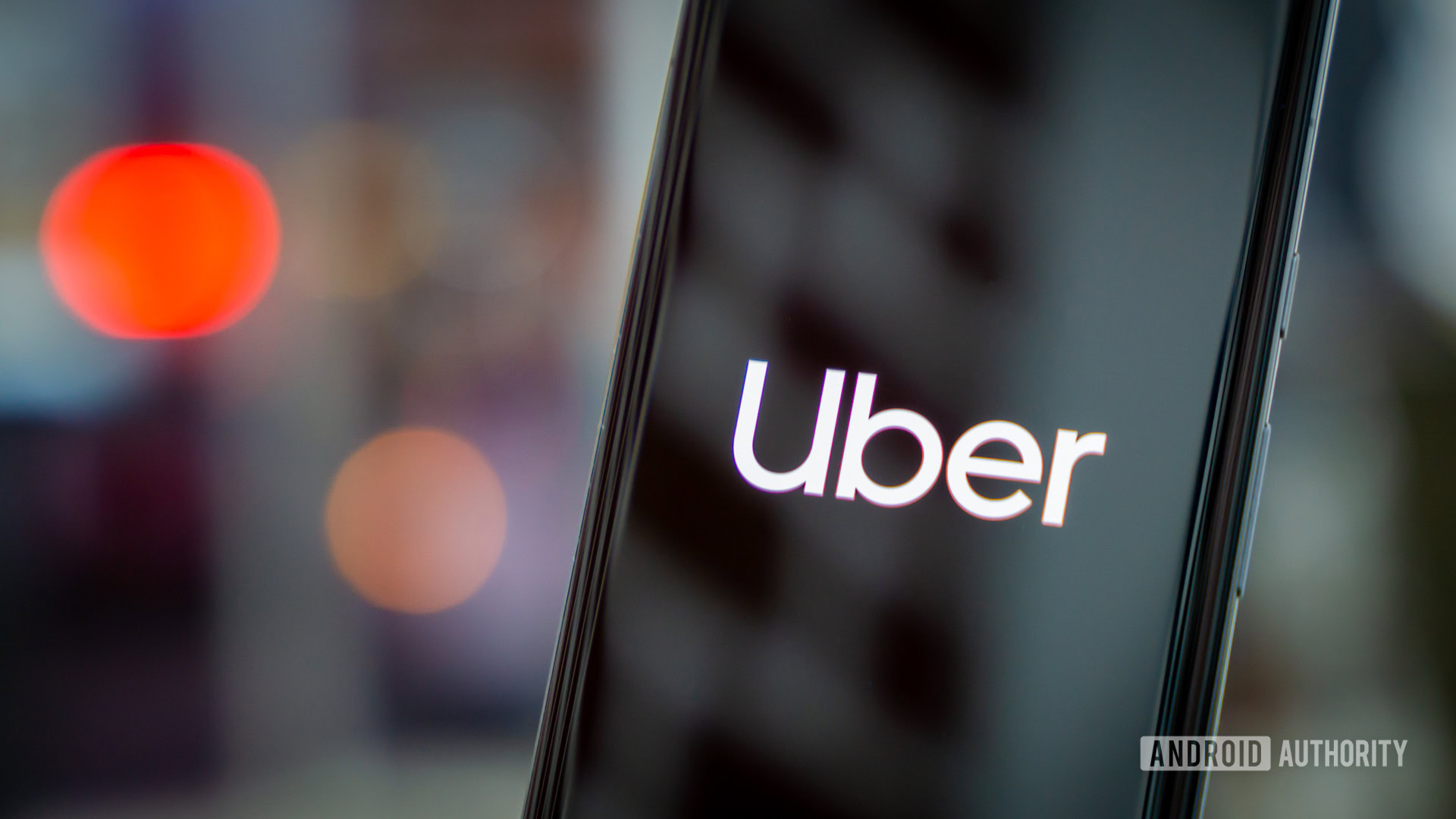
Thankfully, we’re not using this app constantly (unless you’re a driver), but Uber is among the top battery draining apps. It’s for obvious reasons, though. The application continually tracks your location, shares it with family members (if you set that up), collects information, and more.
Of course, the same applies to Lyft and any other ride-sharing application.
Call of Duty: Mobile and other games
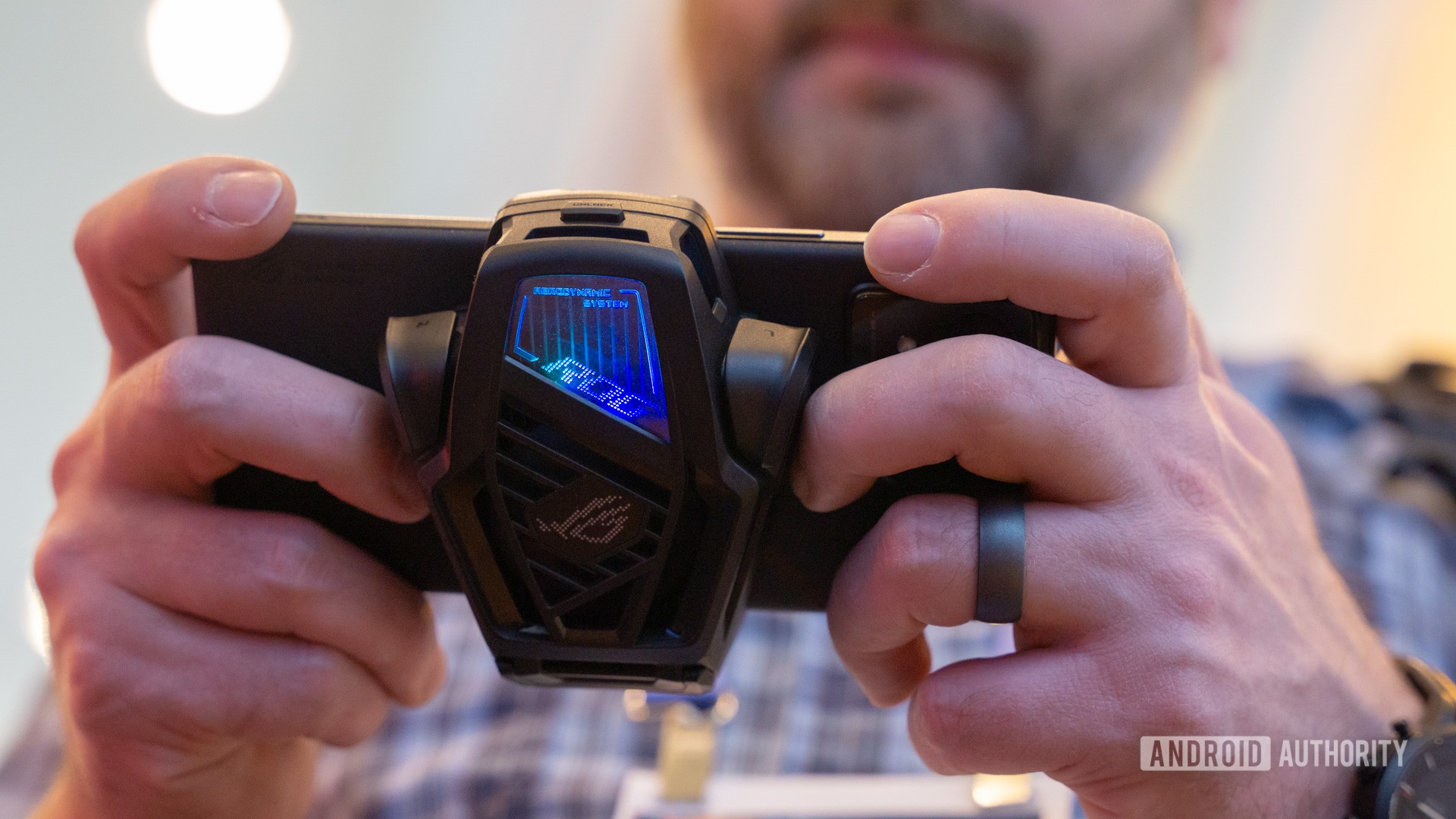
Are you all about gaming? You might want to reconsider how much you play games if you really care about battery life. The best mobile games tend to be very resource-intensive, and Call of Duty: Mobile is especially known for draining your battery very quickly.
This game has pretty amazing graphics for a mobile game, and it uses the internet constantly. By the way, any other game will drain your battery quickly, especially if it’s an advanced game like this one. Call of Duty just happens to be a very popular franchise, so this game gets highlighted more constantly.
Tips for keeping these apps in check and improving battery life
There are plenty of reasons why these apps are sucking up so much battery juice. While it’s hard to pinpoint the culprits and find a solution for every single one, we can give you some general tips that should keep these apps in check. Let’s go over them.
Editor’s note: These steps were assembled using a Google Pixel 8a running Android 15 and an Apple iPhone 12 Mini running iOS 18.1. Remember, some steps may differ depending on your hardware and software.
Turn off location services when not needed
As you can see, most of the apps draining your battery have access to your location. GPS and other location technologies use a lot of resources, so simply turning off location services will do the trick. We know you may need this feature at times, but you can easily turn it on and off as needed, to save battery when you don’t care to share your location.
How to turn off location services on Android:
- Open the Settings app.
- Go into Location.
- Toggle off Use location.
How to turn off location services on iPhone:
- Launch the Settings app.
- Go into Privacy & Security.
- Tap on Location Services.
- Toggle off Location Services.
- Confirm by hitting Turn Off.
Disable unnecessary permissions
Sometimes, we allow permissions for the sake of convenience, but are we taking advantage of the features these permissions provide? Maybe not! You can always look through an app’s permissions and see if you’ve allowed the app to use something you don’t care for. This will save some battery in the long run. For example, if you’ve allowed Facebook Messenger to use your microphone, but you feel like you never use your microphone using the app, you’re free to restrict access to it.
How to remove app permissions on Android:
- Open the Settings app.
- Go into Apps.
- Select See all apps.
- Find the app you want to remove permissions from.
- Tap on Permissions.
- Where it says “Allowed,” go through each permission.
- Tap on the permissions you want to remove.
- Select Don’t allow.
How to remove app permissions on iPhone:
- Launch the Settings app.
- Go into Apps.
- Find and select the app you want to remove permissions for.
- Under the Allow App To Access section, turn off whatever permissions you deem unnecessary.
Turn off notifications
Some notifications are important, but others aren’t. You don’t need to let apps show you all the notifications they want! You can micromanage which types of notifications you wish to see, or if you want to turn them off completely.
How to turn off app notifications on Android:
- Open the Settings app.
- Go into Apps.
- Select See all apps.
- Go into the app for which you want to turn off notifications.
- Hit Notifications.
- If you want to see no notifications, then toggle off All notifications.
- Alternatively, you can check the list of notification types below and turn off the ones you prefer not to see.
How to turn off app notifications on iPhone:
- Launch the Settings app.
- Go into Apps.
- Find and select the app you want to remove permissions for.
- Under the Allow App To Access section, tap on Notifications.
- Toggle off Allow Notifications.
Uninstall the apps draining your battery
We know some of these apps are important, but others you might only use now and then. Let’s take Uber as an example. I use it once or twice a month, so I usually uninstall the app to ensure it’s not doing anything in the background. If I ever need the service, downloading the app takes less than a minute.
How to uninstall an Android app:
- Open the Settings app.
- Go into Apps.
- Select See all apps.
- Tap on the app you want to uninstall.
- Hit Uninstall.
- Confirm by hitting OK.
How to uninstall an iPhone app:
- Look for the app you want to uninstall. Tap and hold onto it for a few seconds.
- Select Remove App.
- Tap on Delete App.
Get a portable battery
If you can’t beat them, you need to adapt to them. Apps are becoming very powerful, which also means they’ll continue requiring more resources. And if we can’t get battery technology to evolve, we just need to have more battery power to spare. The easiest way to extend your battery capacity is to get a portable battery.
If you need help finding a good one, here are some of our favorites:
- Anker 733 power bank ($94 at Amazon): This one doubles as both a charger and a portable battery. You can plug it into the wall and charge your devices. If you unplug it, it sports a 10,000mAh battery. You can charge three devices at once.
- CUKTECH 20 power bank ($119.99 at Amazon): This one is for more demanding users. It has a 25,000mAh battery and can charge up to three devices simultaneously. It has a max output of 210W, and the fastest charger can reach up to 140W. This is great if you will also be charging laptops or tablets.
- Anker 548 power bank ($169.99 at Amazon): This is a great option for the campers among us. It is enormous, but has a 60,000mAh battery. The fastest port can reach 60W, and it even features an integrated lantern.
Check your phone’s battery usage
Of course, we can’t list every app that will use a lot of battery. Especially considering we all have different smartphone habits, and chances are our experiences will vary. You can check which apps are using more battery on your own phone! Let’s show you how to do this.
How to check battery usage on Android:
- Launch the Settings app.
- Go into Battery.
- Tap on Battery usage.
- Here, you will see a list of the apps that have used more battery power since the last charge.
How to check battery usage on iPhone:
- Launch the Settings app.
- Go into Battery.
- Scroll down to the Battery Usage By App section.
- Here, you will see a list of the apps that have used more battery power in the Last 24 Hours. You can also switch to the Last 10 Days.
Take advantage of battery-saving modes
You should also take advantage of battery-saving modes on your smartphone. These are usually labeled differently. On an official Google Pixel phone, it’s called Battery Saver, and on iPhone, it’s Low Power Mode. These features will reduce background activity, reduce visual effects, and more.
How to turn on Battery Saver on Android:
- Launch the Settings app.
- Go into Battery.
- Tap on Battery Saver.
- Toggle on Use Battery Saver.
- You can also pick between Standard Battery Saver and Extreme Battery Saver.
How to turn on Low Power Mode on iPhone:
- Launch the Settings app.
- Go into Battery.
- Toggle on Low Power Mode.
Turn off background data
Did you know you can turn off background data? This can significantly improve your battery life, especially if you know a specific app is a battery hog.
How to turn off background activity on Android:
- Launch the Settings app.
- Go into Apps.
- Tap on See all apps.
- Find and select the app you want to turn off data for.
- Select App battery usage.
- Toggle off Allow background usage.
How to turn off background activity on iPhone:
- Launch the Settings app.
- Go into General.
- Select Background App Refresh.
- You can go into Background App Refresh and select Off if you just want background activity gone. Otherwise, toggle off the apps you want to turn off background activity for.
Android also added a neat feature that can pause activity on apps when unused. This will remove permissions, delete temporary files, and stop notifications. You might want to look into it!
How to pause app activity if unused on Android:
- Launch the Settings.
- Go into Apps.
- Hit See all apps.
- Find and select the app you want to change this setting on.
- Under the Unused app settings section, make sure Manage app if unused is toggled on.
The usual battery-saving tips
Of course, you can also grab some recommendations from our list of the best battery-saving tips to keep your battery as full as possible and keep your battery draining apps in check. This includes dimming the screen, using Dark Mode, and more.
FAQs
After a day’s use, go into Settings > Battery > Battery usage. You’ll see a graph with a list of the most used apps below. There will be a percentage number next to it. You can also do this on iPhones by going to Settings > Battery.
Removing battery draining apps generally means background usage is reduced. It also means you will likely use your phone less. This means that, technically, it does. It won’t help much if you’re simply removing these apps and doing something else with your phone instead, though.
TikTok is also known for being one of the most popular battery draining apps. It’s an excellent service, but it comes at a price. Thankfully, it’s not known for being a big background data hog, though. It’s mostly a battery killer when in use.
It depends. If you’re logged out of the app, or it’s disabled, then chances are an app can’t drain your battery. An application will always work in the background if you’ve already set it up. At least a little bit.
Usually, the screen and GPS are what use the most battery in a smartphone. If you can’t stop using these, we recommend checking out our guide to the phones with the best battery life.